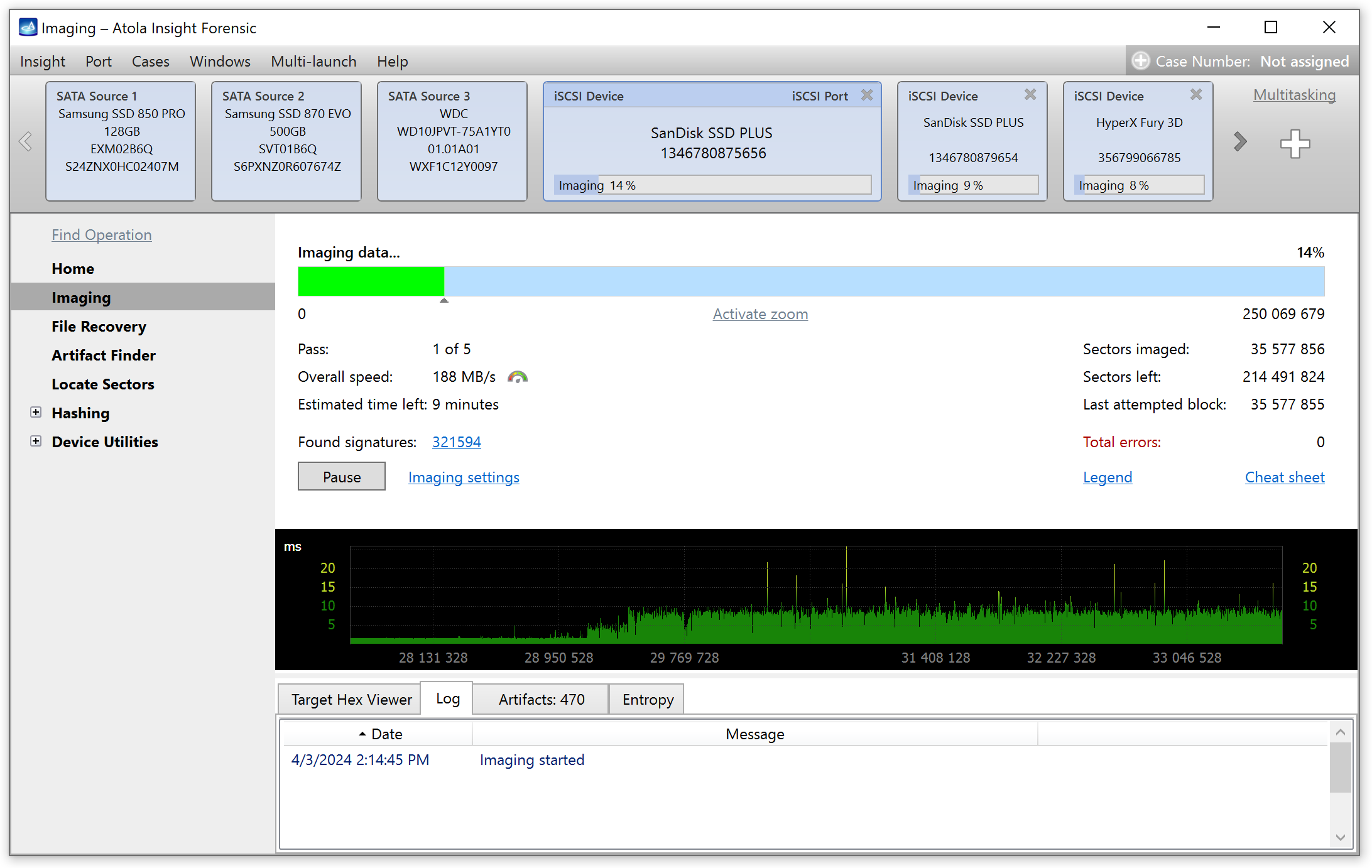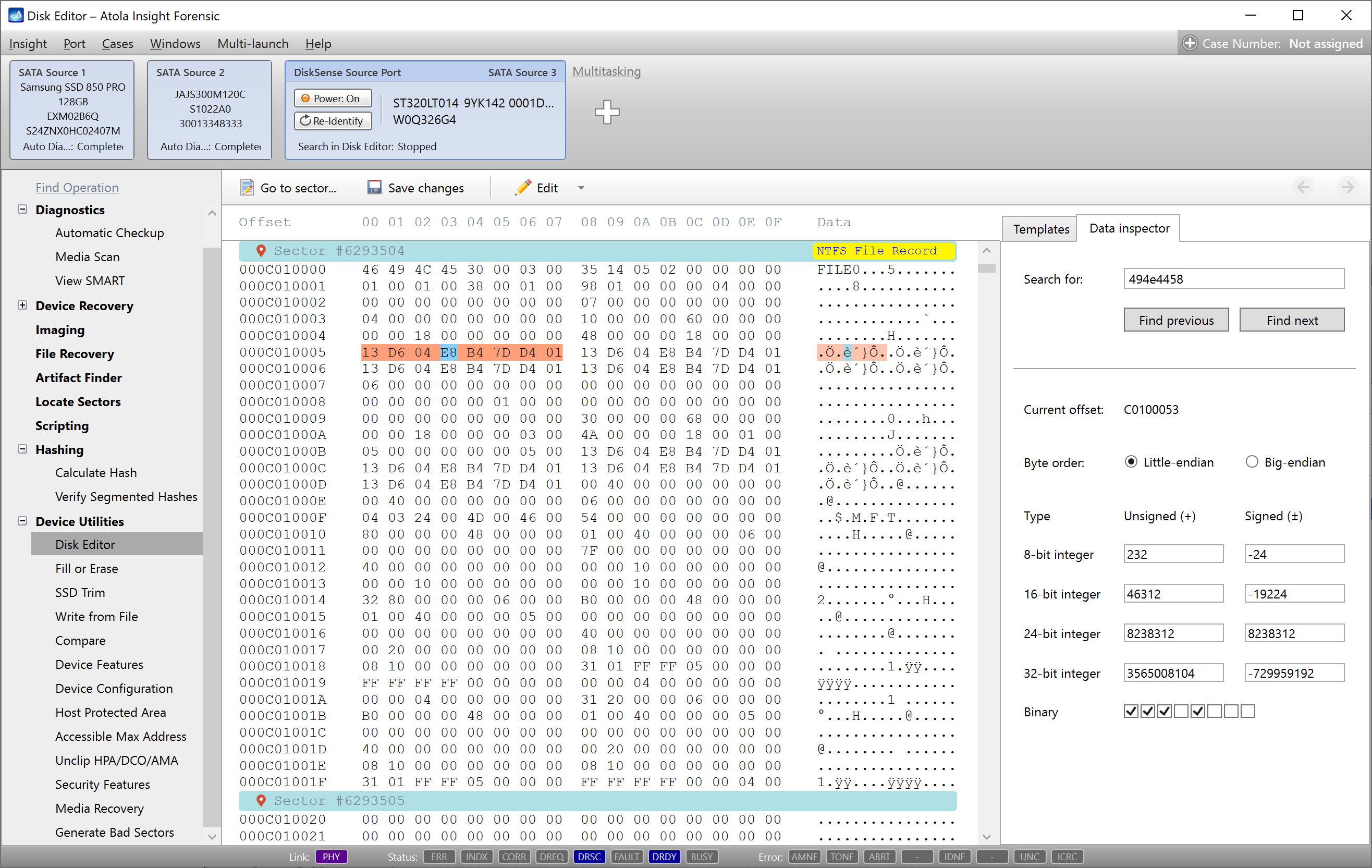Atola Insight Forensic is a product with 13-year-long history, which started with the launch of Atola Insight USB. For some of our readers, it may come as a surprise that Atola Technology started as a technology provider for the data recovery market. Back then, it was our founder Dmitry Postrigan’s ambition to create a tool that would automate data recovery. Atola Insight became a product that immediately allowed imaging as much data as possible from drives with various types of damage including but not limited to:
- damaged or degraded read/write heads
- scratches on media surface
- logical errors within sectors
- freezing drives
- worn-out magnetic layer
- firmware failures
In the span of 13 years, the system received 58 software updates and 4 generations of hardware units, each reflecting changes in the needs of our customers and advances in storage media technology.
By 2014, we discovered that we were selling systems primarily to forensic examiners and this completely shifted our focus to the needs of digital forensics. In 2021, the need to image more drives, faster drove us to launch DiskSense 2 which supports 3 parallel imaging sessions.
In this blog, we will look back at how the system evolved throughout the years and will reflect on the progress we have made.
2008 – Atola Insight Beta
13 years ago exactly, in July 2008, Atola presented to the world the first generation of Atola Insight for beta testing.
Launching a hardware product for data recovery was a logical step towards better, low-level control of damaged media. It also allowed for a more convenient connection of drives: without the need to disassemble a PC in order to plug in the chipboard providing the connection.
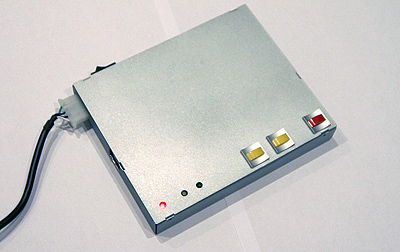
The software quickly received a few updates, and in November of that same year, the first official software release came out for the first Atola Insight device…
2008 – DiskSense USB
SATA I/II and IDE source ports allowed imaging from drives with the most common interfaces of the time. There were no target ports in this device yet and data had to be imaged directly to the host computer.
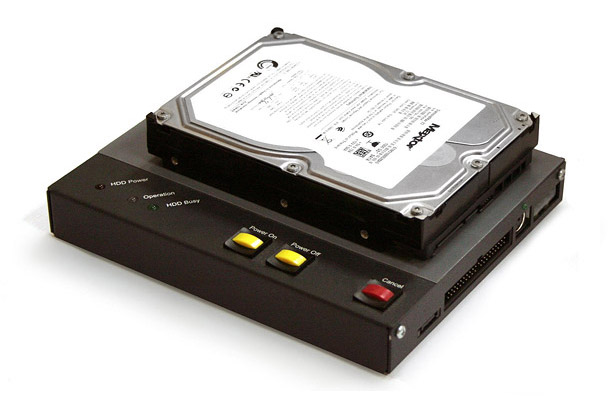
The first Atola imager was already equipped with most of its present-day modules: diagnostics, imaging, wiping, file recovery, case management, and access to firmware that allowed detecting both failures and security limitations.
By 2009, the imager’s software was optimized to sustain high imaging speeds. However, to overcome the limitations imposed by the USB 2.0 interface, a new generation of DiskSense had to emerge…
2009 – DiskSense Ethernet
Also known as DiskSense Gigabit Ethernet, this unit was equipped with the speedy Ethernet port of the time. This allowed imaging directly into a RAW file in the network. The unit also had a SATA target port, which allowed imaging data directly onto another hard drive.
The imaging speed tripled compared to the DiskSense USB unit and reached 110MB/s.
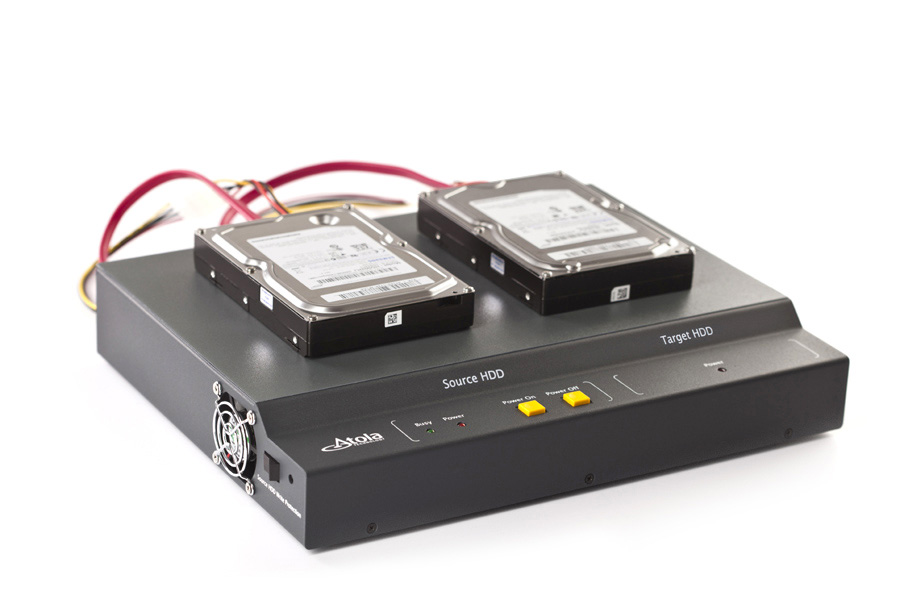
At this point, Atola was already receiving numerous orders of both the USB and the Ethernet units from people in the forensic industry. In 2013, hashing was added as a feature specifically for this group of users.
To understand the needs of this growing community, we cooperated with experts in the forensic field to create a device that would tick all boxes in both data recovery and forensic imaging…
2014 – DiskSense Forensic
This generation of DiskSense units was created with the forensic process in mind: the ability to image to 3 targets was an immediate and apparent advantage for forensic examiners. The 1Gbit Ethernet was optionally extended with a 10Gbit extension module, and the built-in 3 SATA and 3 USB target ports allowed using a variety of devices to store the images.
The unit came equipped with 4 source ports: SATA, USB, IDE, and an extension slot for other drives including SAS, M.2 PCIe/SATA SSD, Thunderbolt, and Apple PCIe.
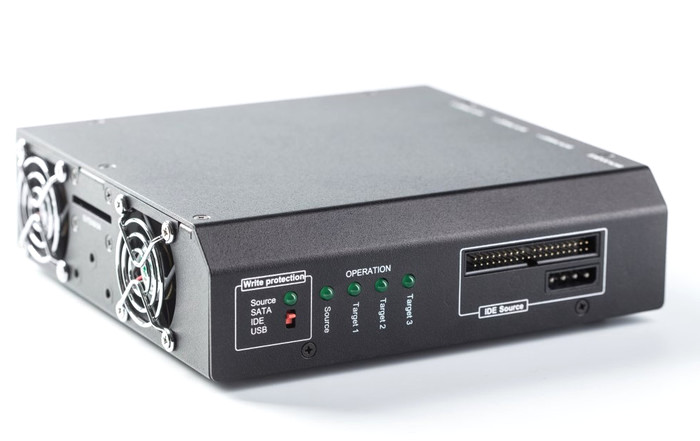
DiskSense Forensic was an instant bestseller and we continuously improved the software to use all the capabilities this hardware could give our users.
2021 – DiskSense 2
With 6 source ports (3 SATA, USB, IDE, Extension) and 4 target ports (3 SATA and 1 USB), 2 built-in 10Gbit ports, server-grade motherboard and CPU, and ECC RAM, DiskSense 2 is the state-of-the-art hardware.
It allows the universally loved Atola Insight Forensic software to not only retrieve data from damaged drives, but also run 3 high-speed forensic imaging sessions. On top of the parallel imaging, DiskSense 2 allows Insight to perform hashing, wiping, and other tasks without compromising the efficiency of imaging and the effectiveness of data recovery.
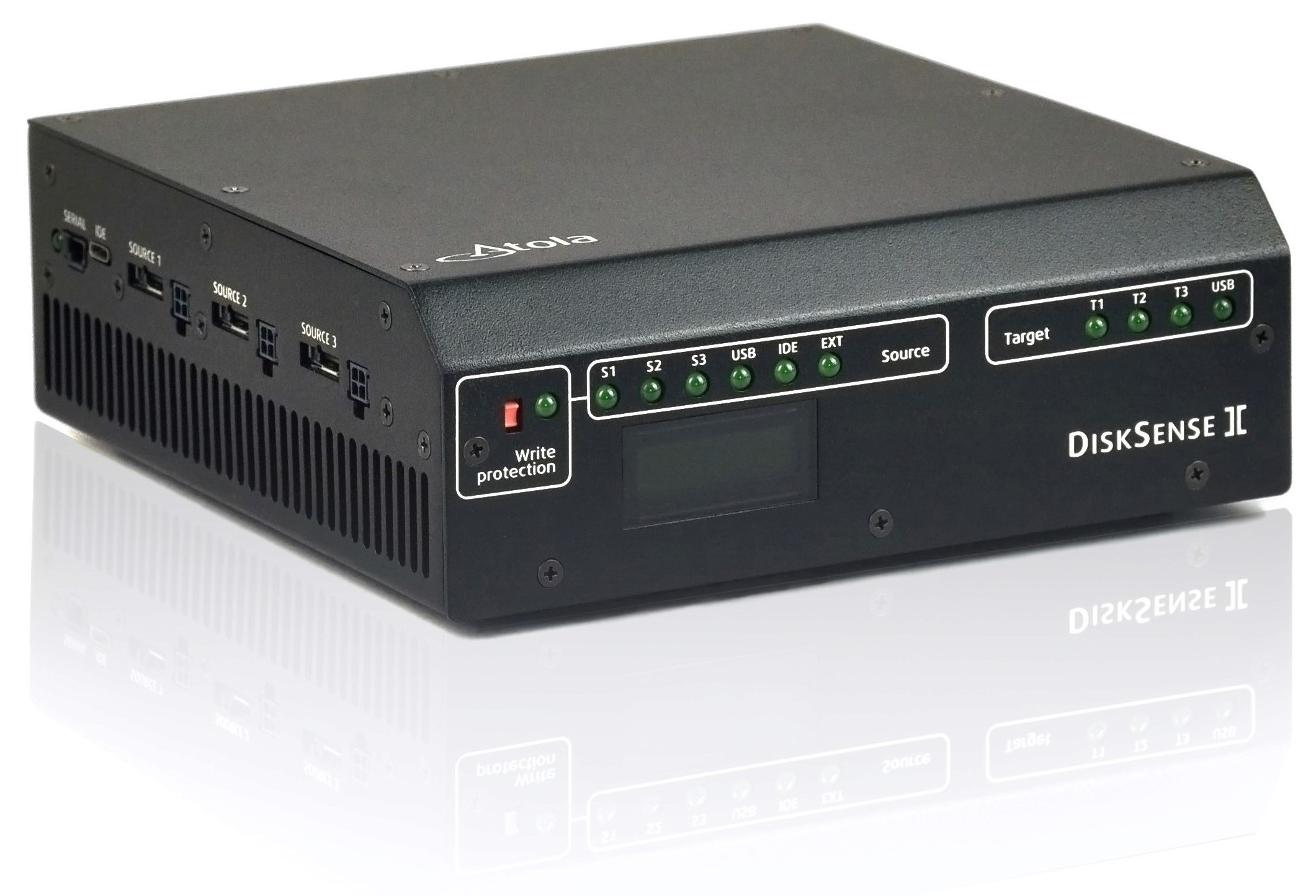
Atola Insight Forensic is a product with a long history, many achievements, and a huge fandom in the forensic community. We always push our technology to the limit to provide the best imaging solutions to our customers.
- Top digital forensic conferences in 2024 - January 1, 2024
- 2023. Year in Review - December 31, 2023
- Top digital forensics conferences in 2023 - January 1, 2023
Yulia Samoteykina
Director of Marketing Yulia believes that with a product that is exceptionally good at solving tasks of forensic experts, marketing is about explaining its capabilities to the users. Yulia regularly represents Atola at DFIR events, holds free workshops and webinars about Atola imagers functionality and advocates on the users' behalf to ensure that Atola keeps on adding value and raising the bar for the industry.

